Ross - Video Game Music: Classic FM Handy Guides
Here you can read online Ross - Video Game Music: Classic FM Handy Guides full text of the book (entire story) in english for free. Download pdf and epub, get meaning, cover and reviews about this ebook. City: London, year: 2015, publisher: Elliott & Thompson, genre: Home and family. Description of the work, (preface) as well as reviews are available. Best literature library LitArk.com created for fans of good reading and offers a wide selection of genres:
Romance novel
Science fiction
Adventure
Detective
Science
History
Home and family
Prose
Art
Politics
Computer
Non-fiction
Religion
Business
Children
Humor
Choose a favorite category and find really read worthwhile books. Enjoy immersion in the world of imagination, feel the emotions of the characters or learn something new for yourself, make an fascinating discovery.
- Book:Video Game Music: Classic FM Handy Guides
- Author:
- Publisher:Elliott & Thompson
- Genre:
- Year:2015
- City:London
- Rating:4 / 5
- Favourites:Add to favourites
- Your mark:
- 80
- 1
- 2
- 3
- 4
- 5
Video Game Music: Classic FM Handy Guides: summary, description and annotation
We offer to read an annotation, description, summary or preface (depends on what the author of the book "Video Game Music: Classic FM Handy Guides" wrote himself). If you haven't found the necessary information about the book — write in the comments, we will try to find it.
Ross: author's other books
Who wrote Video Game Music: Classic FM Handy Guides? Find out the surname, the name of the author of the book and a list of all author's works by series.
Video Game Music: Classic FM Handy Guides — read online for free the complete book (whole text) full work
Below is the text of the book, divided by pages. System saving the place of the last page read, allows you to conveniently read the book "Video Game Music: Classic FM Handy Guides" online for free, without having to search again every time where you left off. Put a bookmark, and you can go to the page where you finished reading at any time.
Font size:
Interval:
Bookmark:
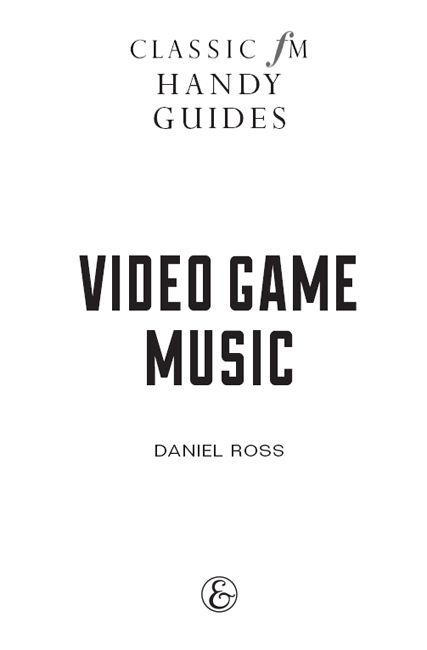
A t Classic FM, we spend a lot of our time dreaming up wonderful ways of making sure that as many people as possible across the UK have the opportunity to listen to classical music. As the nations biggest classical music radio station, we feel that we have a responsibility to share the worlds greatest music as widely as we can.
Over the years, we have written a variety of classical music books in all sorts of shapes and sizes. But we have never put together a series of books quite like this.
This set of books covers a whole range of aspects of classical music. They are all written in Classic FMs friendly, accessible style and you can rest assured that they are packed full of facts about classical music. Read separately, each book gives you a handy snapshot of a particular subject area. Added together, the series combines to offer a more detailed insight into the full story of classical music. Along the way, we shall be paying particular attention to some of the key composers whose music we play most often on the radio station, as well as examining many of classical musics subgenres.
These books are relatively small in size, so they are not going to be encyclopedic in their level of detail; there are other books out there that do that much better than we could ever hope to. Instead, they are intended to be enjoyable introductory guides that will be particularly useful to listeners who are beginning their voyage of discovery through the rich and exciting world of classical music. Drawing on the research we have undertaken for many of our previous Classic FM books, they concentrate on information rather than theory because we want to make this series of books attractive and inviting to readers who are not necessarily familiar with the more complex aspects of musicology.
For more information on this series, take a look at our website: www.ClassicFM.com/handyguides .
Y oud be forgiven for thinking video game music is nothing more than a series of beeps, designed to accompany pixelated images of Italian plumbers or electric-haired hedgehogs jumping around and collecting coins and rings for points. Alas, for Super Mario and Sonic the Hedgehog respectively, this was certainly the case in the early days. But since the late 1990s, a sea change has occurred and the retro-sounding, eight-bit loops of music have become objects of nostalgia. Nowadays, the multi-billion-pound video game industry is responsible for commissioning enough orchestral scores to rival Hollywood, and its composers are increasingly treated with the same reverence. Some of todays top movie composers actually started their professional careers as composers for video games and countless new composers manage to operate in both mediums with terrific success.
Perhaps most notably, a massive, communal and international fan culture has emerged, which ensures that enthusiasm for video game music remains at a constant fever pitch. Huge concert tours that focus on specific games series sell out huge auditoriums all over the world in mere hours (both the Final Fantasy and The Legend of Zelda franchises are a popular concert draw) and attendees display due reverence to composers and games alike by turning up in fancy dress and singing along with their favourite excerpts. Thanks to this atmosphere, which is truly unlike any other in the classical music world, video game music concerts look to be a safe bet in this time of wobbling ticket sales and budgetary constrictions.
If you require any greater verification of video game musics here-to-stay status, you need only look at the Classic FM Hall of Fame, the worlds biggest annual classical music survey. In 2012, for the first time ever, two video game scores turned up in the all-important Top 300 Nobuo Uematsus Final Fantasy and Jeremy Soules The Elder Scrolls. Then, in 2013, they went Top 5 Final Fantasy climbed into the No. 3 position and The Elder Scrolls landed at No. 5, beating the mighty Beethoven down into No. 6 (and the resulting heated online debates about whether it counts as proper classical music continue to this day). Its important not to underestimate this development, as it signals a massive shift. Video game music is no longer the preserve of the nerds its crossed over into the mainstream and is now a lucrative, inventive and continually growing area of music.
It hasnt always been like this, though. There really was a time when video game scores were confined to just a few different sounds per game. The limited memory space available restricted what any normal composer would be able to achieve in terms of recording, instruments and just about everything else that could make a piece of music more expressive.
In this book, were going to focus on the evolution of video game music as an orchestral format and how it became a firm fixture of the genre. As a result well be skipping over most of the more electronic and chiptune scores, but its worth briefly mentioning some of the early electronic innovators and their restrictions, as it was those restrictions that actually helped some of the more successful composers to become more inventive. Tellingly, its those composers who have managed to survive the transition to full orchestral compositions.
But to start, we have to travel, perhaps inevitably, to Japan in the late 1970s and the world of arcade games
I magine the noise of a video games arcade and youll probably hear the electronic whoops, beeps and whistles of sound effects, and perhaps the occasional tune that signified the beginning of a new level. Genre classics such as Pac-Man (1980) had a recognisable theme composed by the games sound director Toshio Kai, but examples like this were confined by the computer chips that held them simply, the arcade machines couldnt cope with anything more complicated than a couple of sounds at a time. If a game developer wanted to include music in his magnum opus, it had to be programmed in, and not necessarily by anyone with any musical training. Unsurprisingly, the use of music was almost a millstone around the neck of your average game developer in the 1970s and 80s.
An early pioneer, though, was the iconic Space Invaders, made by Japanese gaming giant Taito in 1978. Game developer (note: not composer) Tomohiro Nishikado (born in 1944) was among the first to create a theme that could be heard while the game itself was being played. Well, perhaps theme is a strong word. Essentially, the player would hear the same four notes repeated over and over, gradually becoming faster as the enemy swooped closer and closer to the player. Whats crucial here, though, is that the music, such as it was, was audible during gameplay, not just between levels. Still, having only one melodic line to play with at a time was a huge restriction on what composers could do and it wasnt until later in the 1980s that the technology to use more than one note at a time developed.
In 1981, Frogger (made by Konami) contained several different themes for various points during the game and even changed to reflect the players outcome (those of a certain age and with a misspent youth will remember the thrill of getting your frogs across the road and the subsequent change in musical theme). The composer of said themes is sadly anonymous, suggesting that again perhaps a slightly more musically minded developer is responsible. Other games, such as 1982s Dig Dug (a Namco classic), also contained multiple themes, some of them distinctly Baroque in sound, but there were still severe compositional restrictions thanks to the limitations of the sound technology available. Strangely enough, this stunted style of music has continued to have immense appeal to enthusiasts, and musicians still use chiptune, as it was eventually termed, in plenty of alternative pop and dance music today to inject a certain nostalgia into their recordings.
Font size:
Interval:
Bookmark:
Similar books «Video Game Music: Classic FM Handy Guides»
Look at similar books to Video Game Music: Classic FM Handy Guides. We have selected literature similar in name and meaning in the hope of providing readers with more options to find new, interesting, not yet read works.
Discussion, reviews of the book Video Game Music: Classic FM Handy Guides and just readers' own opinions. Leave your comments, write what you think about the work, its meaning or the main characters. Specify what exactly you liked and what you didn't like, and why you think so.


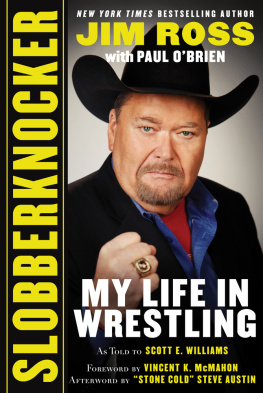
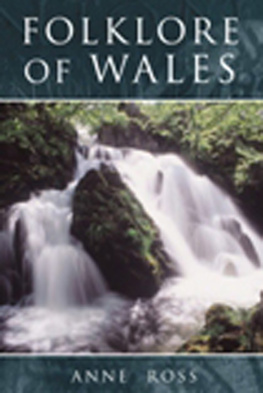
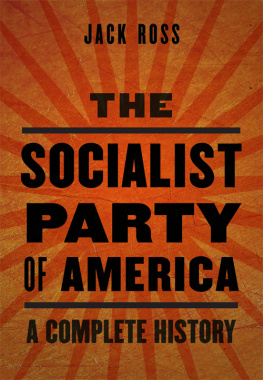

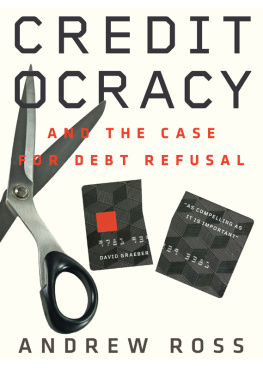
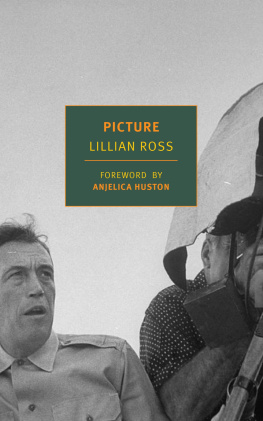
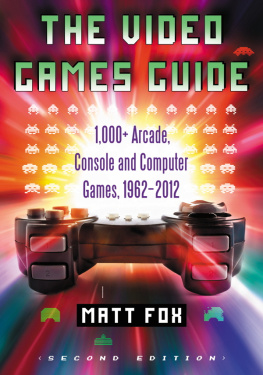
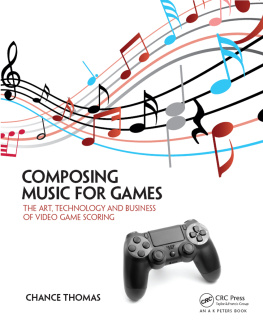
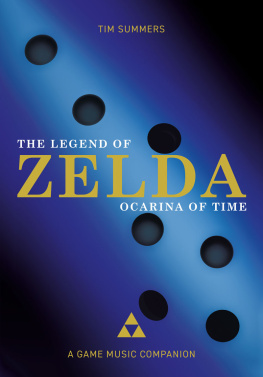
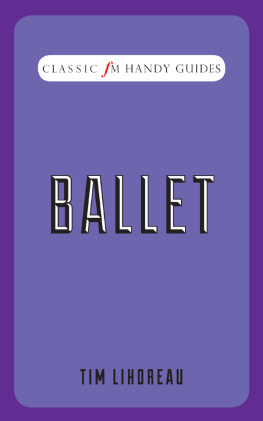
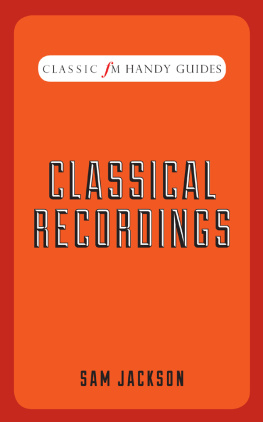

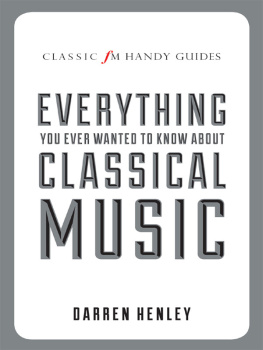
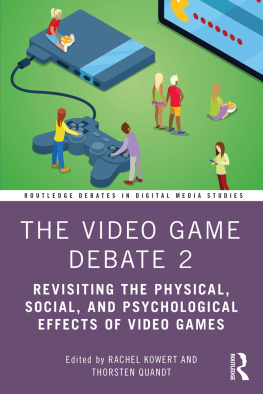
![Mark J. P. Wolf (editor) - Encyclopedia of Video Games: The Culture, Technology, and Art of Gaming [3 volumes]](/uploads/posts/book/279290/thumbs/mark-j-p-wolf-editor-encyclopedia-of-video.jpg)

